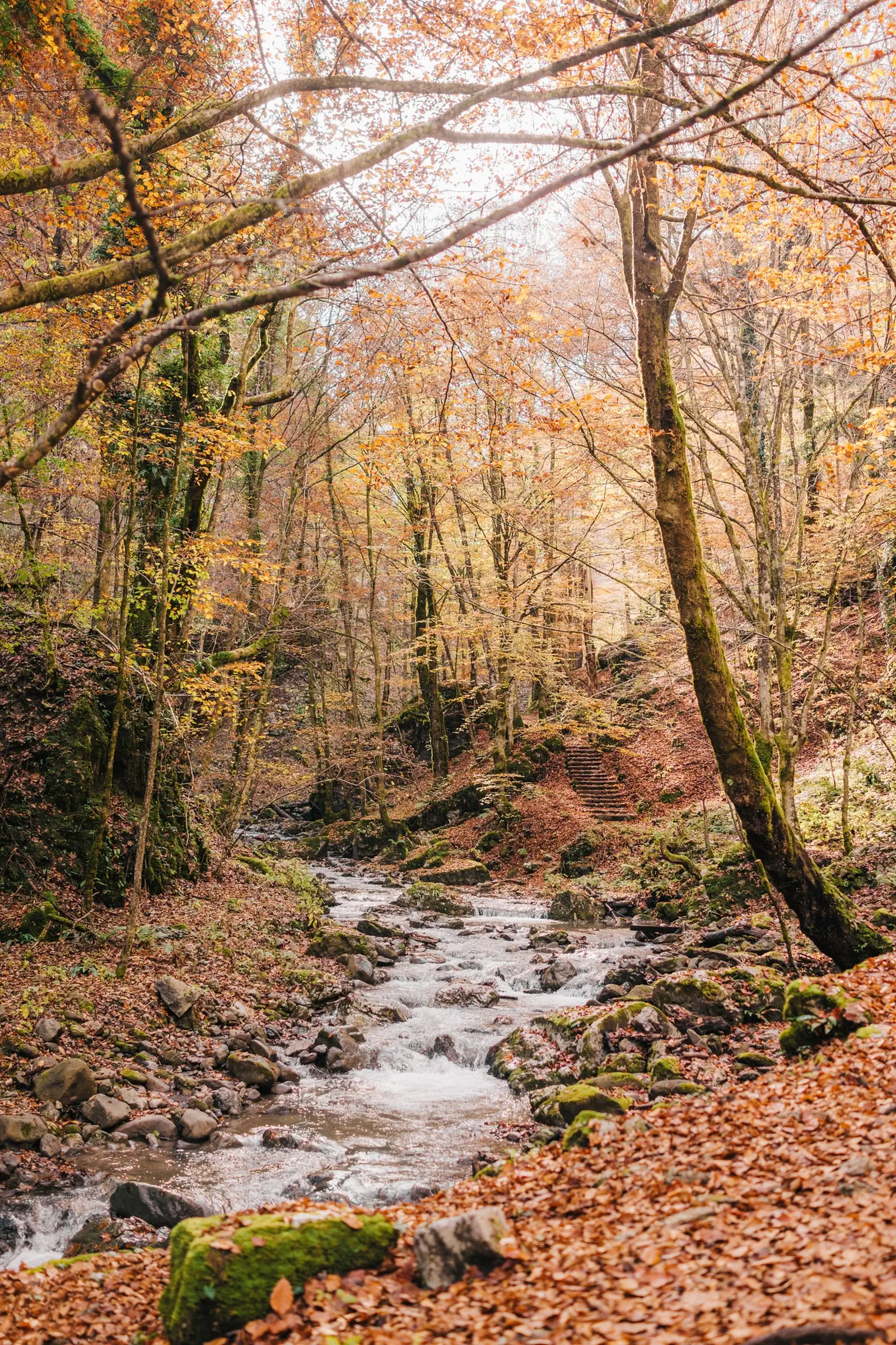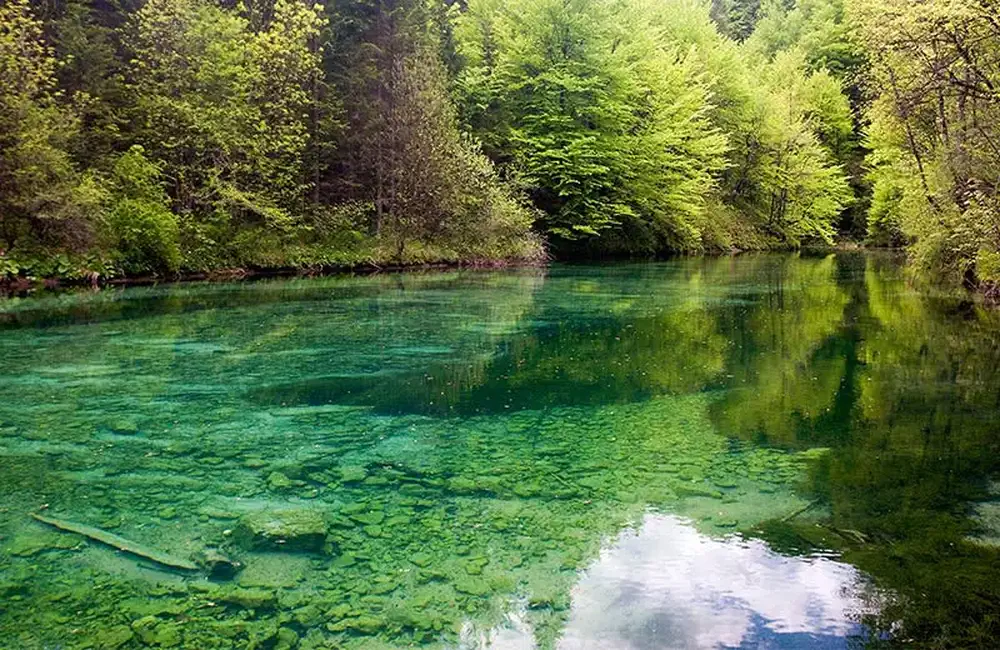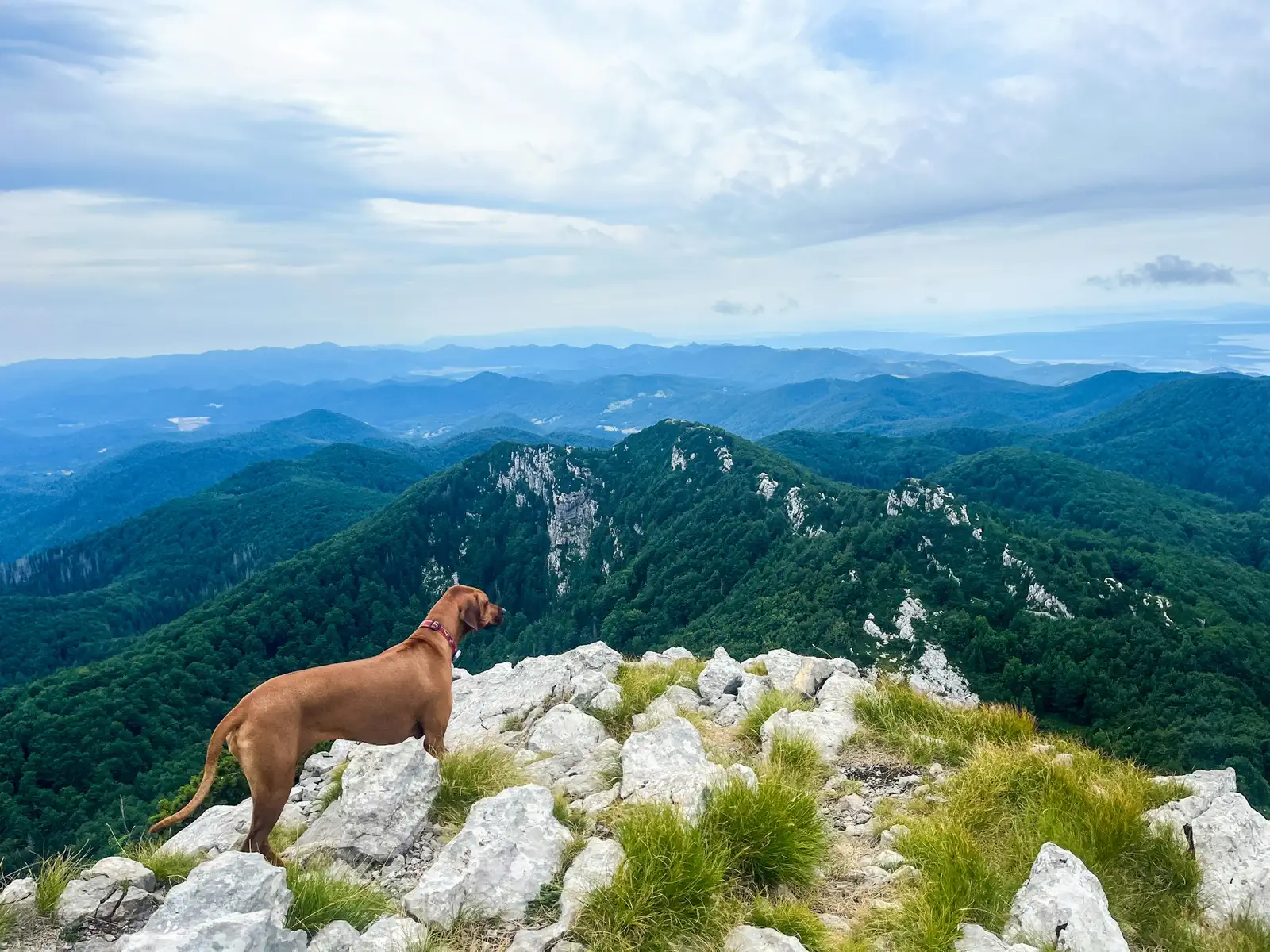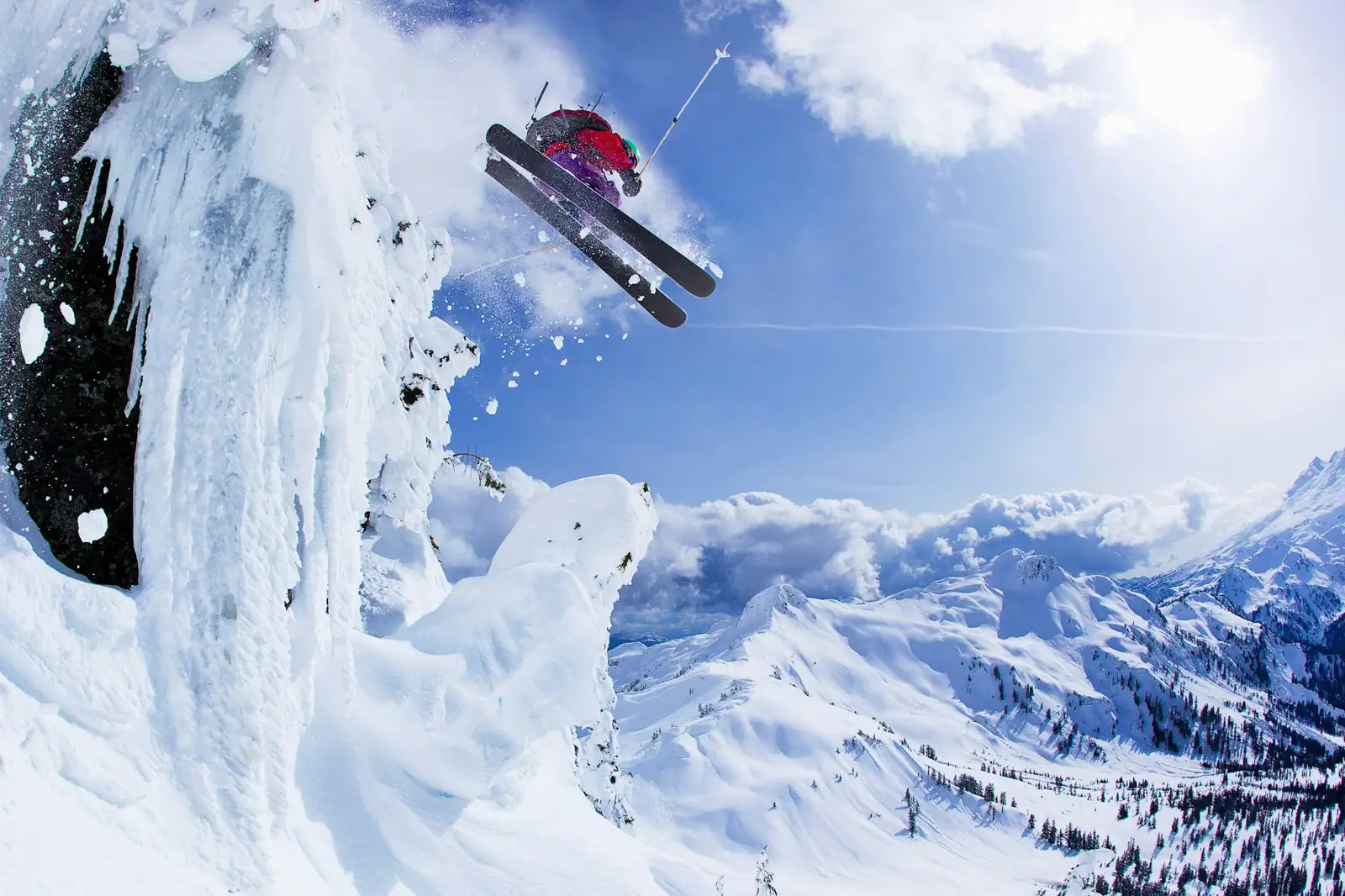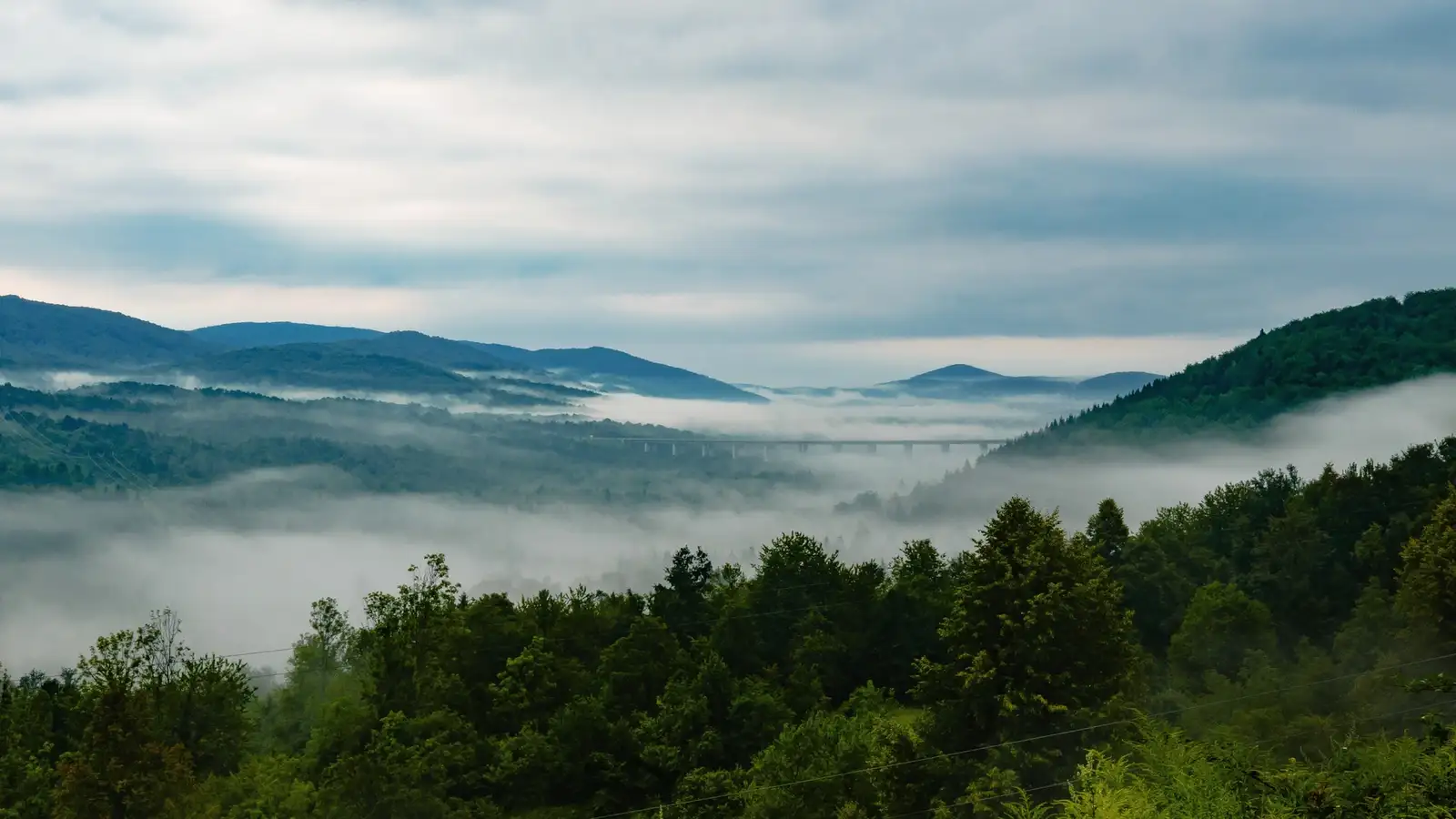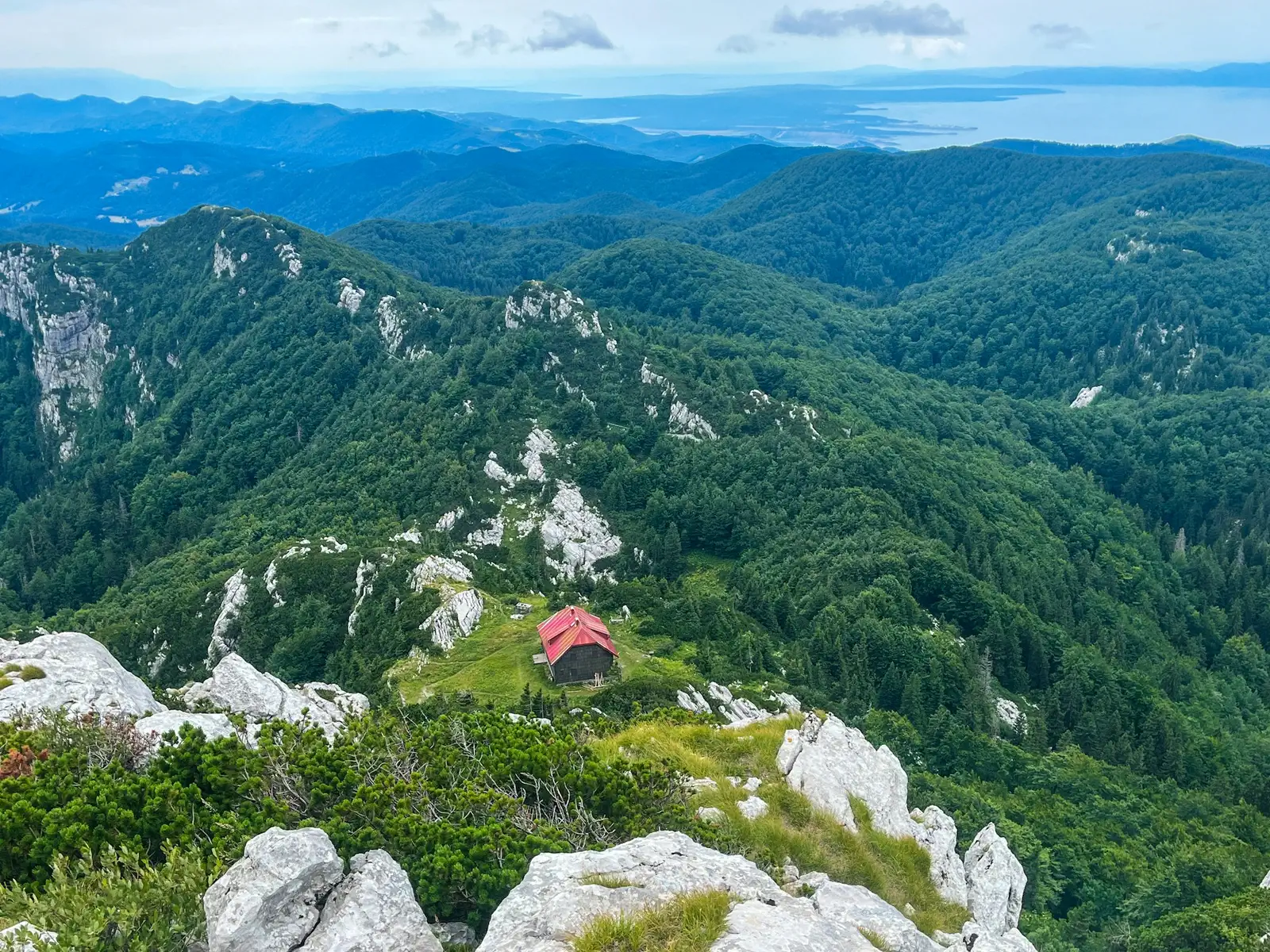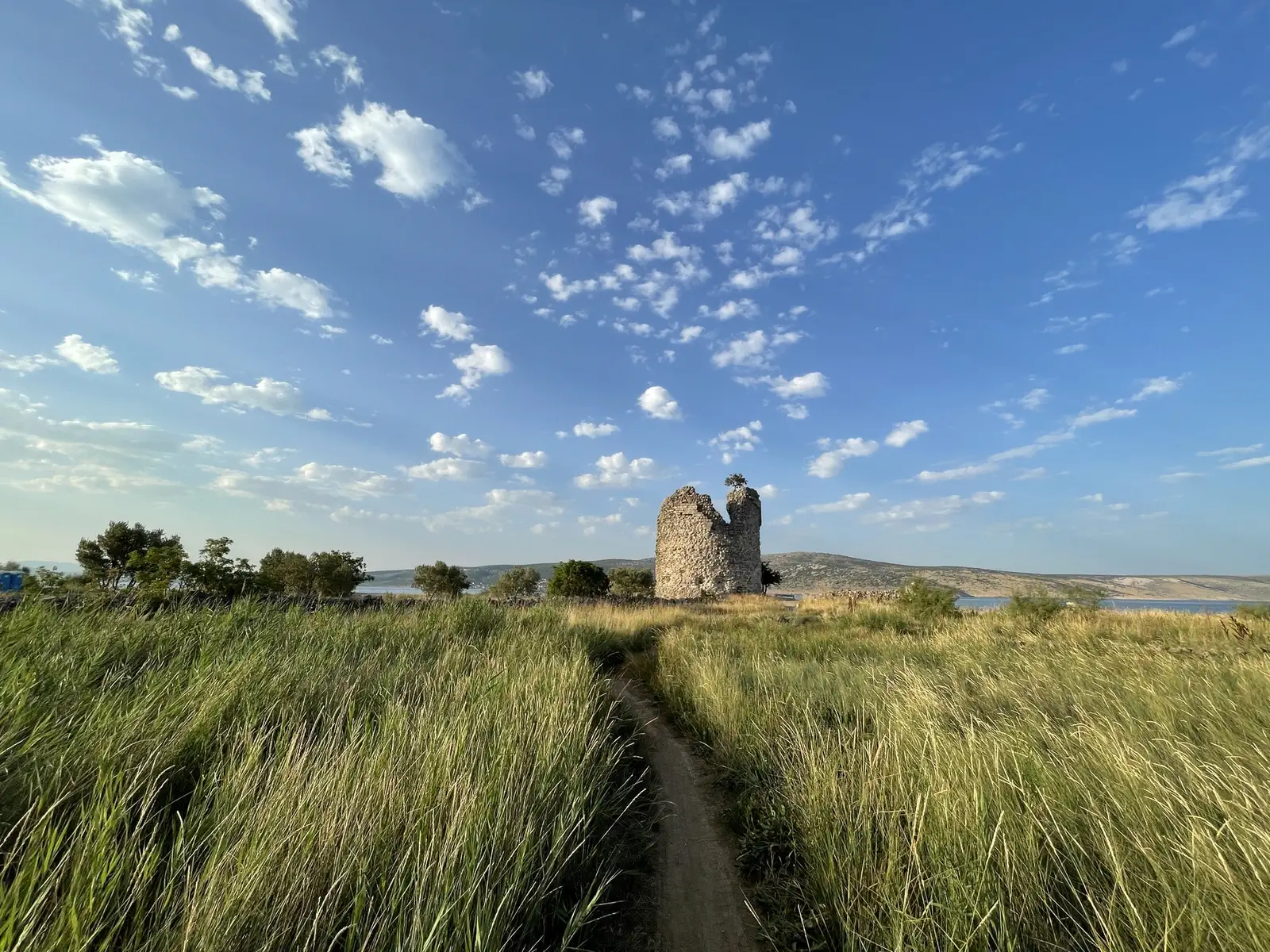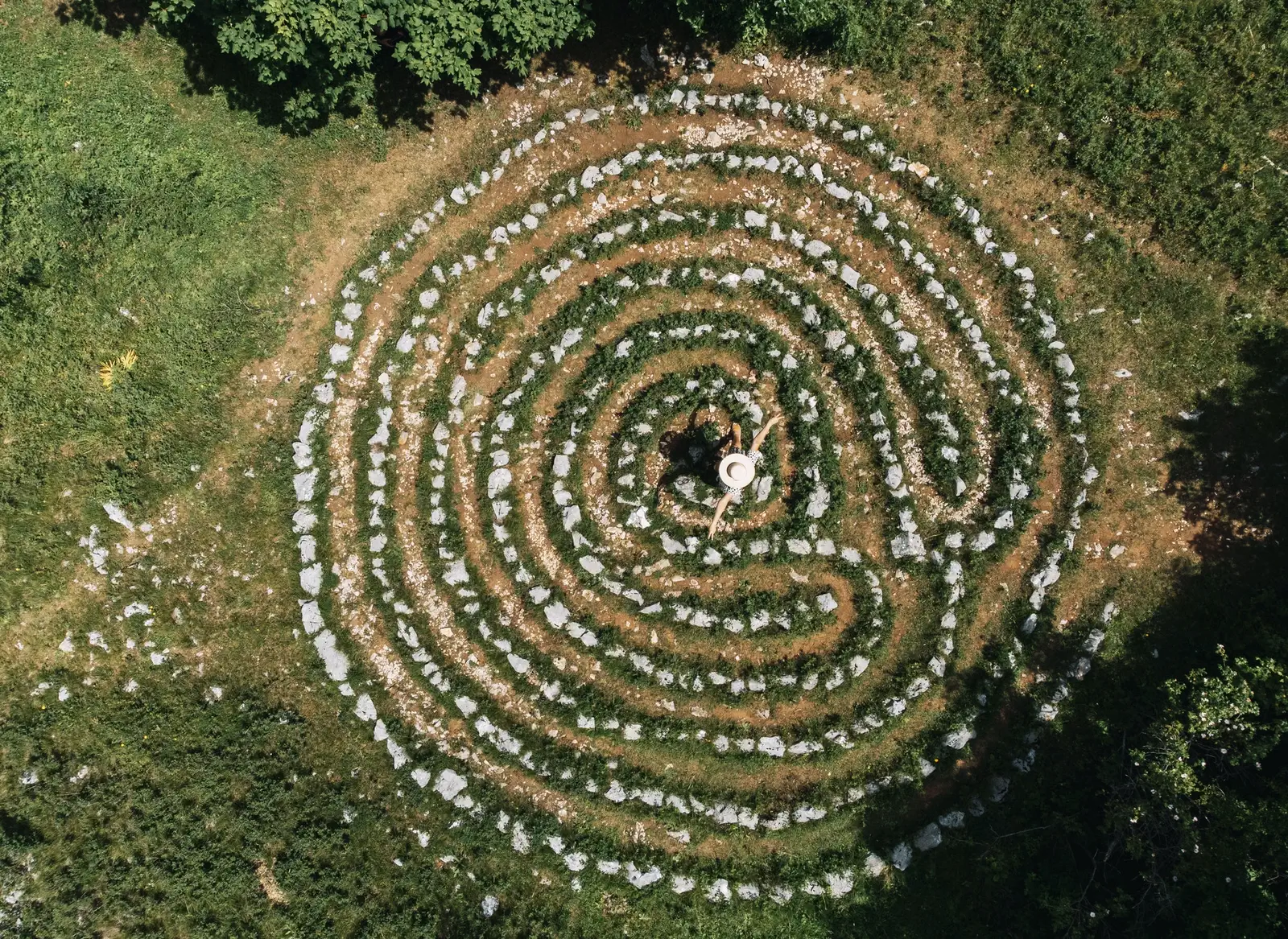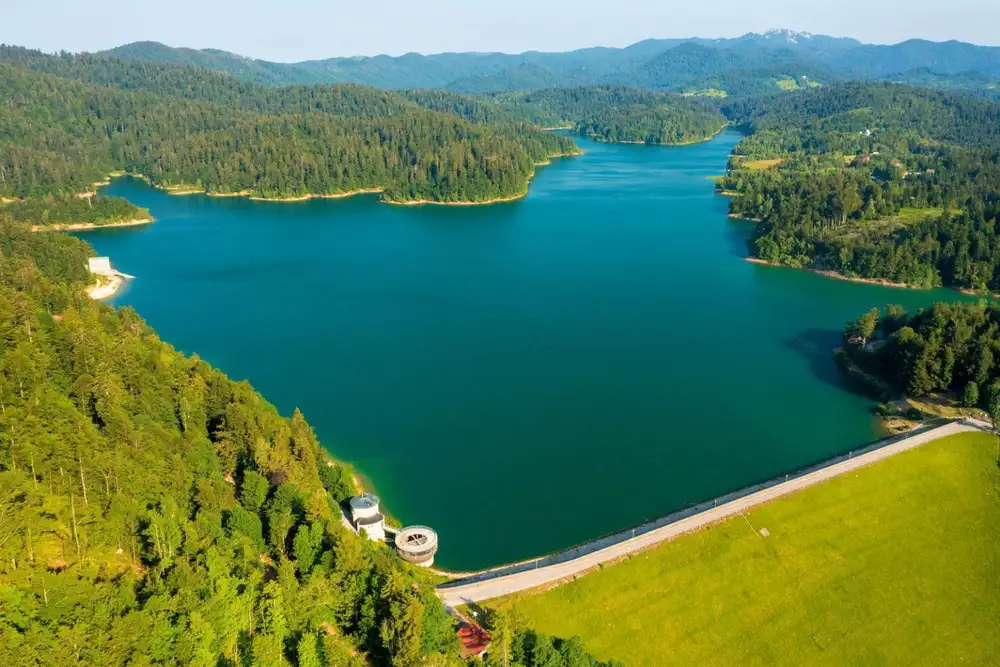Bukovac Cave, a site located in the area of the municipality of Lokve, attests to human presence in Gorski Kotar already in the early Upper Palaeolithic. The exploration of the cave uncovered traces of prehistoric man, as well as various remains of animals that used to roam this area, such as the cave bear and leopard.
In antiquity, the main routes avoided the barely accessible, wooded hills of the area. During Roman rule, the most important roads from northern Italy bypassed today’s Gorski Kotar from the north or from the south. As a result, it found itself between the Roman provinces of Pannonia and Dalmatia, remaining outside the main commercial routes and activities of the time. Significant changes began in the Migration Period with barbarian invasions from the far east and north, especially in the 4th century, and the strong Gothic invasions of the Roman state. The remains of the "Liburnian limes" bear witness to this period – a wall stretching from Tarsatica (today's Rijeka) on the coast via the plain of Grobničko polje to Prezid in Gorski Kotar. The fall of the Western Roman Empire in the 5th century resulted in constant changes of rulers in Gorski Kotar: from the Lombards and Franks to the Byzantines. The first Croats came to this area in the 7th century.
A more intensive and, to a certain extent, politically and economically planned settlement of Gorski Kotar only began in the second half of the 13th century. After the Ottoman invasions at the end of the 15th century, the Frankopan family started a more intense colonisation of the area with refugees from the south fleeing Ottoman troops.
The Counts of Krk, and later the Frankopans, expanded their estates up to the border with Carniola, boosting commercial and cultural activities in the area. The first settlements in today’s Gorski Kotar were mentioned as early as 1481, when the Royal Court in Zagreb requested that Count Stjepan Frankopan respect the privileges of merchants from Zagreb trading in Lukovdol, Brod, Moravice, Vrbovsko, Delnice, Lokve and other places in the area. Due to its favourable location near the crossing of the river Kupa, Brod over time became the centre of a large estate.
In the 16th century, the Frankopans were succeeded by the Zrinski family, who established strong commercial links through Vinodol with other parts of Croatia, and even with Slovenia and Hungary. This was when Čabar began to emerge as an important centre which eventually became an individual estate. Gorski Kotar remained in the possession of the Zrinski family until their downfall in 1670. After this, several rulers continued to wilfully and ruthlessly rule over Gorski Kotar and increase feudal exploitation of the area until the Austro-Hungarian Monarchy took possession of it.
There are two important historical dates in the history of Gorski Kotar that certainly stand out – the establishment of Processus Montanus or Gorski Kotar by the decision of 7 November 1777 of Empress Maria Theresa, who was persuaded by her son, Emperor Joseph II, to unify the area into one administrative region. The other important date was 10 November 1777 when the meeting of the Assembly of Severin County held in Mrkopalj established a new administrative territorial division and Brodski Kotar was founded. In any case, the administrative history of Gorski Kotar goes back almost two and a half centuries.
The most important period in the economic development of Gorski Kotar was the beginning of road construction. When the construction of the so-called Karolina road began in 1726, it determined the future not only of the local area but also the whole of Croatia. The Karolina road, which was named after Charles III, ran through barely passable uninhabited terrain, deserted canyons and valleys, and up high mountains and passes characterised by long and harsh winters. Such a road was impossible to maintain. However, although the Karolina road failed to fulfil its main purpose, it nevertheless brought about a new impulse for the economic revitalisation of Gorski Kotar, gradually transforming the area into one of the most important transport areas of Croatia. In 1803, the construction of the road locally known as the Lujzijana road began. This road still to this day connects places from Karlovac to Rijeka without major changes to its route. In the past, it was of vital importance to Gorski Kotar and the Croatian Littoral.
In the mid-19th century, a railway through Gorski Kotar was built to connect Rijeka with Budapest. This created more favourable conditions for the further development of Gorski Kotar. However, it was insufficient for a more intense demographic, spatial and economic development of the area. The consequences of this could be felt throughout the 20th century. In more recent times, new opportunities for economic development were created for Gorski Kotar after the construction of the modern Rijeka – Zagreb motorway.
